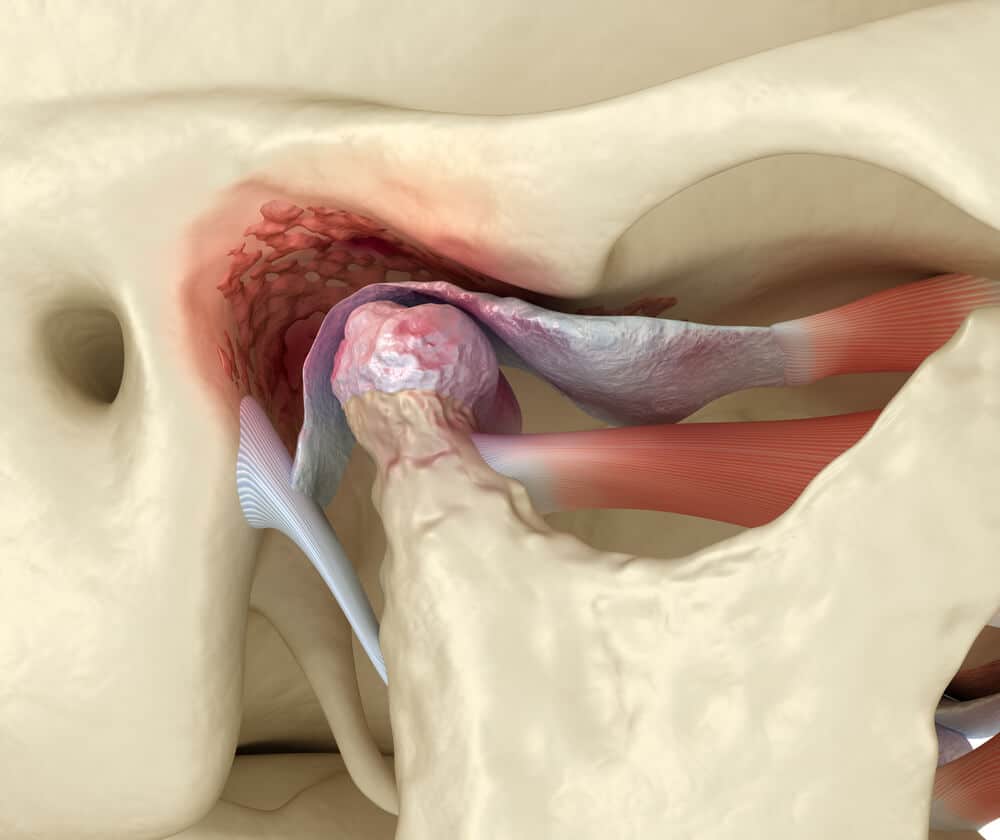Splint therapy is an effective treatment for patients experiencing issues related to temporomandibular joint disorders (TMD) or bruxism (teeth grinding). At Valley Orthodontics in Wasilla, Alaska, our specialized splint therapy aims to alleviate discomfort, improve jaw function, and protect teeth from further damage. This non-invasive treatment offers significant relief and can prevent more serious dental problems.
Symptoms Indicating the Need for Splint Therapy
Patients who may benefit from splint therapy often experience the following symptoms:
- Jaw pain or discomfort
- Frequent headaches or migraines
- Clicking or popping sounds in the jaw
- Difficulty opening or closing the mouth
- Worn or damaged teeth from grinding
- Neck or shoulder pain

The Importance of Splint Therapy
Splint therapy is crucial for managing and treating TMD and bruxism. TMD can lead to severe pain and impaired jaw function, affecting daily activities like eating and speaking. Splint therapy helps realign the jaw, reduce inflammation, and relieve muscle tension, thereby restoring normal function and comfort.
Furthermore, bruxism can cause significant damage to teeth, leading to fractures, enamel wear, and sensitivity. Using a custom-fitted splint, patients can protect their teeth from further damage and alleviate the associated pain and discomfort, promoting better oral health.
Comprehensive Splint Therapy Treatment Process
At Valley Orthodontics, our splint therapy process is thorough and tailored to each patient’s needs:
- Initial Consultation: Evaluation of symptoms and dental health to determine the suitability of splint therapy.
- Diagnostic Imaging: Use X-rays and other imaging techniques to assess the temporomandibular joints and teeth.
- Custom Splint Fabrication: We create custom-fitted splints designed to fit comfortably and effectively address the patient’s specific condition.
- Fitting and Adjustment: Ensuring the splint fits properly and adjusting for optimal comfort and function.
- Monitoring and Follow-Up: Regular check-ups are conducted to monitor progress, adjust the splint, and provide additional treatments if necessary.
Preventing Future Issues with Splint Therapy
Preventing the need for ongoing splint therapy involves addressing the root causes of TMD and bruxism. Stress management techniques, such as relaxation exercises and counseling, can help reduce the occurrence of teeth grinding and jaw clenching. Maintaining good posture and avoiding habits that strain the jaw can also contribute to long-term relief.
Regular dental check-ups are essential for monitoring jaw health and catching any early signs of TMD or bruxism. Early intervention can prevent conditions from worsening, ensuring that minor issues are addressed promptly and effectively.
Positive Outcomes and Long-Term Benefits for Patients
Patients undergoing splint therapy often experience significant relief from pain and discomfort. This improved quality of life allows them to engage in daily activities without the hindrance of jaw pain or headaches. The custom-fitted splints also protect teeth from damage, preserving dental health and preventing costly restorative treatments in the future.
Moreover, splint therapy can improve overall health by reducing the chronic stress and tension associated with TMD and bruxism. Patients find themselves sleeping better, experiencing fewer headaches, and enjoying greater well-being.
Frequently Asked Questions
How long does it take to see results from splint therapy?
Many patients experience relief within a few weeks, but complete improvement may take several months, depending on the severity of the condition.
Is splint therapy covered by insurance?
Coverage varies by insurance plan. It’s best to check with your provider to determine if splint therapy is included in your benefits.
Can children undergo splint therapy?
Yes, splint therapy can be tailored for children experiencing TMD or bruxism, ensuring a comfortable and effective treatment.
Are there any side effects of splint therapy?
Most patients tolerate splint therapy well, though some may initially experience minor adjustments or discomfort, which usually subsides.
Do I need to wear the splint all day?
Typically, splints are worn at night, but your orthodontist may recommend daytime use in specific cases to maximize benefits.
Schedule Your Consultation Today
At Valley Orthodontics in Wasilla, Alaska, we are dedicated to providing effective and personalized splint therapy to help you achieve optimal dental health and comfort. Our expert team is here to guide you through every step of the process, ensuring your treatment is as smooth and successful as possible.
Contact us today to schedule your consultation and learn more about how splint therapy can benefit you. Let’s work together to alleviate your discomfort and protect your smile.
